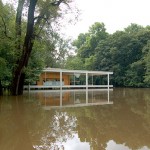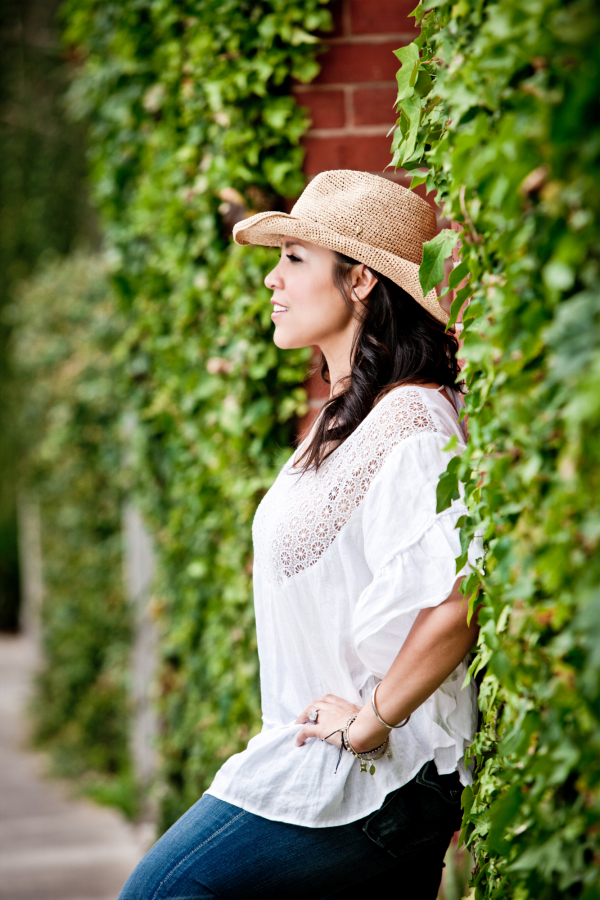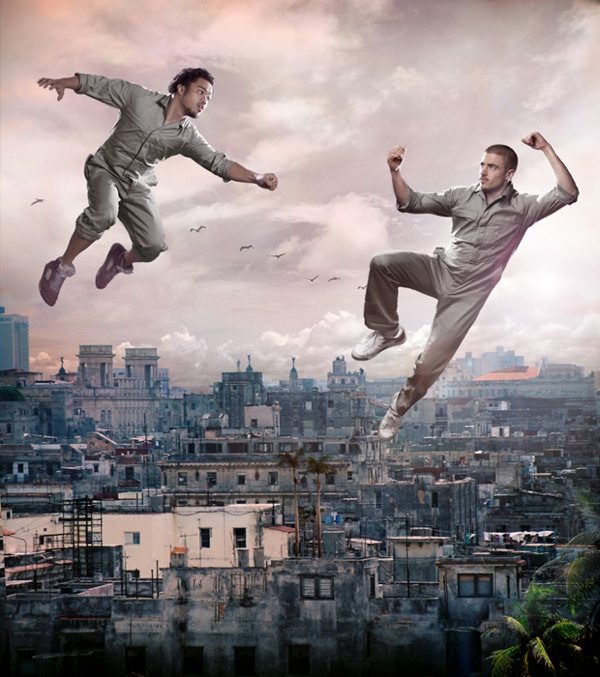The post How to Set Your Photography Goals (and NOT Fail) appeared first on Digital Photography School. It was authored by Mat Coker.
You can spend many years as a stagnant photographer simply because you didn’t set any goals.
But if you set goals, and work toward accomplishing them, you can grow more than you ever imagined.
Photographers encounter two problems when setting goals. The first is not knowing how to set a goal. The second is not knowing how to accomplish it.
Let’s look at how to set a goal and then be sure that you can accomplish it.

If you need inspiration toward growth and learning as a photographer, look to the toddler. They develop more over 2 years than most adults develop over 2 decades.
How to set your photography goals
I’ll share my photography goals with you and explain how to set your own goals.
- Define my creative vision (no more copying other photographers)
- Accomplish a photography project I started as an unskilled kid
- Learn about light from painters
- Study toddler psychology
- Help 15 students achieve their photography goals
Five goals seem like a lot, but I accomplished all my major goals last year, so I’m eager to accomplish these goals too.

Toddlers are at one of the crossroads of life. They’re exploding in their abilities but need to have their potential guided by grown-ups and older kids.
You should set your goals based on these 2 questions:
- What will I have accomplished when I finish this goal?
- How will this goal help me grow as a photographer?
Accomplishment: When I complete goals 2 and 5, I will have fulfilled a childhood ambition and helped other photographers to grow.
Growth: Goals 1,3 and 5 will help clarify my vision and deepen my understanding of light and toddlers.
Set goals that are meaningful to you. Make them small enough to be achievable but large enough to challenge you.
When you first start setting goals, you should set and focus on one at a time. Once you know what you’re capable of you can set multiple goals that cover an extended period of time.

A toddler with a marker, colors on everything without thought. We can be just as directionless in our photography, snapping photos of anything that grabs our attention. Or, we can be purposeful and move toward intentional accomplishment.
Setting a goal is easy, but how do you accomplish it?
After deciding on your goals, use this method to accomplish it:
- Describe how life will look when you’ve achieved your goal
- Understand the consequence of not completing it
- Plot out the steps toward achieving your goal
- Create an environment that makes the goal happen by default (so failure isn’t an option)
I’ll use my toddler psychology goal as an example.
How will life look once I’ve achieved this goal? I’ll better understand toddlers, better connect with them during sessions and take more creative photos.
If I don’t complete this goal then I will not have expanded myself as a photographer and I’ll continue to experience the same frustrations during sessions.
The main steps toward achieving this goal will be:
- Finding reliable sources that explain toddler psychology
- Reflecting on my experience as a father and photographer
- Use what I’ve learned to take better photos of toddlers
- Write about what I’ve learned (for myself and others)
Many people fail to reach their goals because their environment works against them.
How can I create an environment that will make this goal achievable?
It’s busy running a photography business and I’m likely to forget my goals. But, I’ve written it on my list of goals so that it won’t be forgotten. I came up with a quick list of sources to begin my research. Research time has been scheduled into my calendar.

Creating your environment to make your goals achievable
This is one of the most important steps. If you set a goal and then have the proper space and time to work on it, you’ll be able to achieve it.
Let’s suppose your goal is to learn how to use your camera off Auto Mode. But 30 days after setting your goal you’ve hardly practiced at all. Your life is hectic and your environment will keep you distracted unless you make it work for you.
You need to set aside a block of time every day that is devoted to using your camera. Write it in a day planner or set an alert. Better yet, carry your camera with you all day. It’s hard to avoid learning when you’ve committed to taking a camera with you everywhere you go.

Rubber boots are a passport to adventure for toddlers. With their boots on they can go anywhere and do anything.
Maybe you’re taking a trip this year and hope to take a lot of great photos. But hoping isn’t the same as setting a goal and plotting out the steps to achieve it. Most trips have a very rushed itinerary which is one way that your environment will work against you. Have you set aside time for photography?
Maybe you want a more efficient post-processing workflow. Is your environment filled with distractions that eat up your time? Turn off the WIFI, your phone, and any other digital distractions. Isolate yourself for a block of time or until the work is finished. Banish everything that distracts your focus.
Your goal should be challenging to achieve, but don’t make it worse by having your environment work against you.

Peeking through the bedroom door.
Tell me YOUR goals
One of the best ways to get started on a goal is to tell somebody what you plan to do.
I would love to hear your photography goal. Leave a comment letting me know what your goals are.
The post How to Set Your Photography Goals (and NOT Fail) appeared first on Digital Photography School. It was authored by Mat Coker.

















 Do you use third party batteries? If you don’t, do you even care one way or the other?
Do you use third party batteries? If you don’t, do you even care one way or the other?















You must be logged in to post a comment.